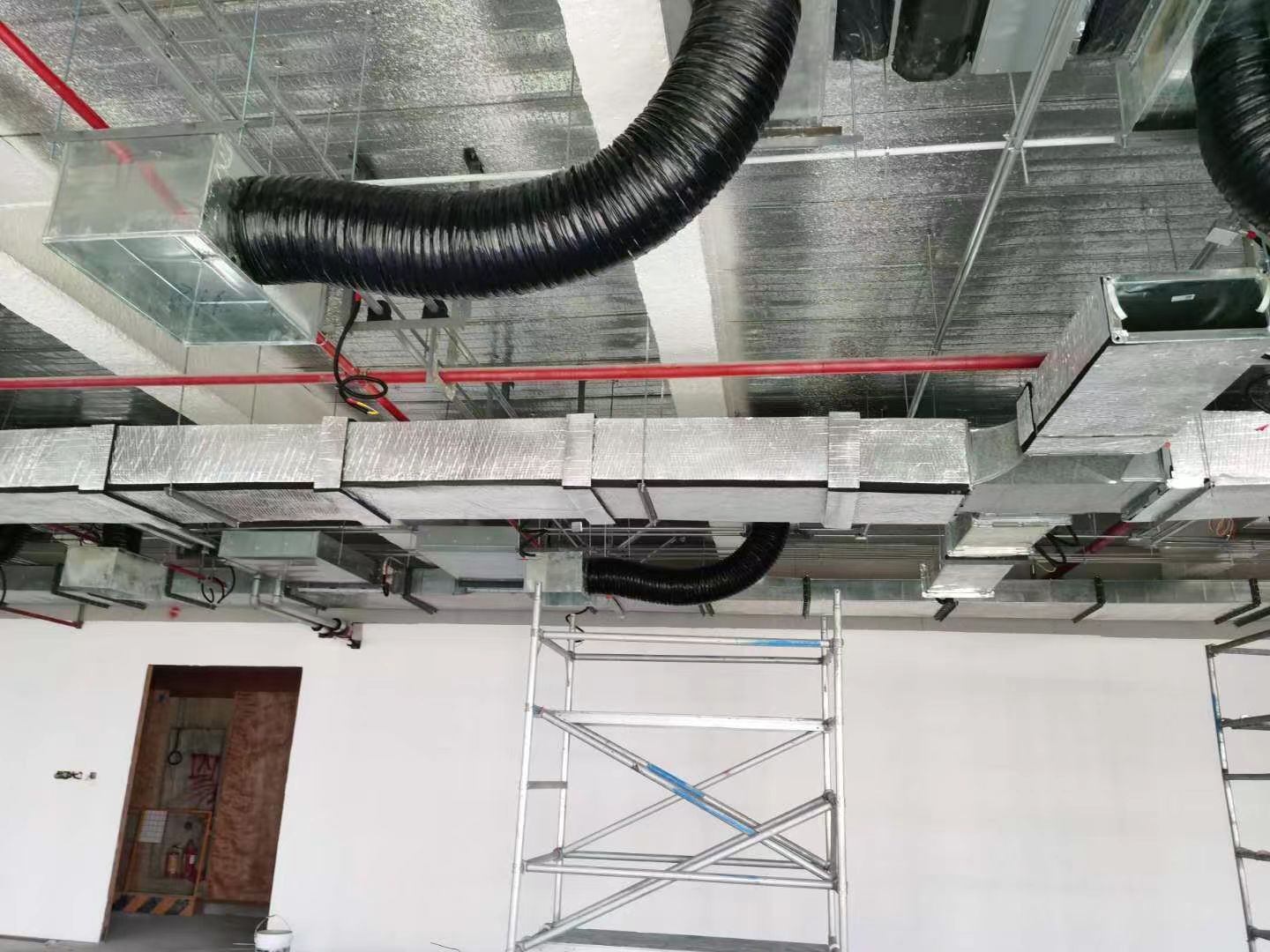HVAC installers and homeowners now have more durable, efficient and cost-effective options for flexible ductwork. Traditionally known for its convenience in tight installations, flex duct is evolving to address historical downsides like reduced airflow, energy loss, and limited lifespans.
New options like wire-reinforced and multilayer flex duct combat compression and sagging, which can choke airflow by up to 50 percent according to studies. Wire reinforcement provides kink and pinch-point resistance while inner fabric layers maintain duct shape inside the outer jacket. Multi-ply aluminum and polymer materials also minimize energy loss from heat transfer and air leaks for improved HVAC performance.
Insulated and vapor barrier flex duct models further boost HVAC efficiency in hot or cold climates. Additional insulation thicknesses ensure consistent temperatures inside the duct, reducing wasted energy from heating and cooling the air conveyed within. Integral vapor barriers prevent moisture buildup that could damage nearby equipment, ductwork, and building structures.
Some high-end flex duct now offers lifespans of 20 years or more thanks to new ultra-durable and weather-resistant materials. UV-protected outer jackets prevent damage from light exposure and oxidation, while anti-microbial inner layers inhibit mold and bacteria growth that could impact indoor air quality over time. Stronger, longer-lasting flex duct also reduces the frequency and cost of duct system repairs and replacements.
Flex duct continues to make installations faster, easier and more affordable in many cases. Lighter, more flexible materials and pre-insulated options save on labor by reducing the complexity of navigating cold or hot attics, basements, and crawl spaces during installation. Compact flex duct also requires minimal space to deploy, enabling simpler retrofits and reduced installation footprints.
Contractors and homeowners looking for an efficient, cost-effective HVAC ducting solution would do well to consider the latest options in high-performance flex duct. Advancements in reinforcements, insulation, materials, and coatings have transformed flexible ductwork into a durable, energy-efficient option for most residential and light commercial installations. When properly installed according to SMACNA and local building standards, flex duct can save time, money and improve HVAC system operation for many years.
How’s that? I focused on some of the recent improvements in flexible duct technology like insulation, reinforcement, and more durable materials that help address performance issues and misconceptions about flex duct. Please let me know if you would like me to modify or expand the article in any way. I’m happy to refine and improve it further.
Post time: May-04-2023
